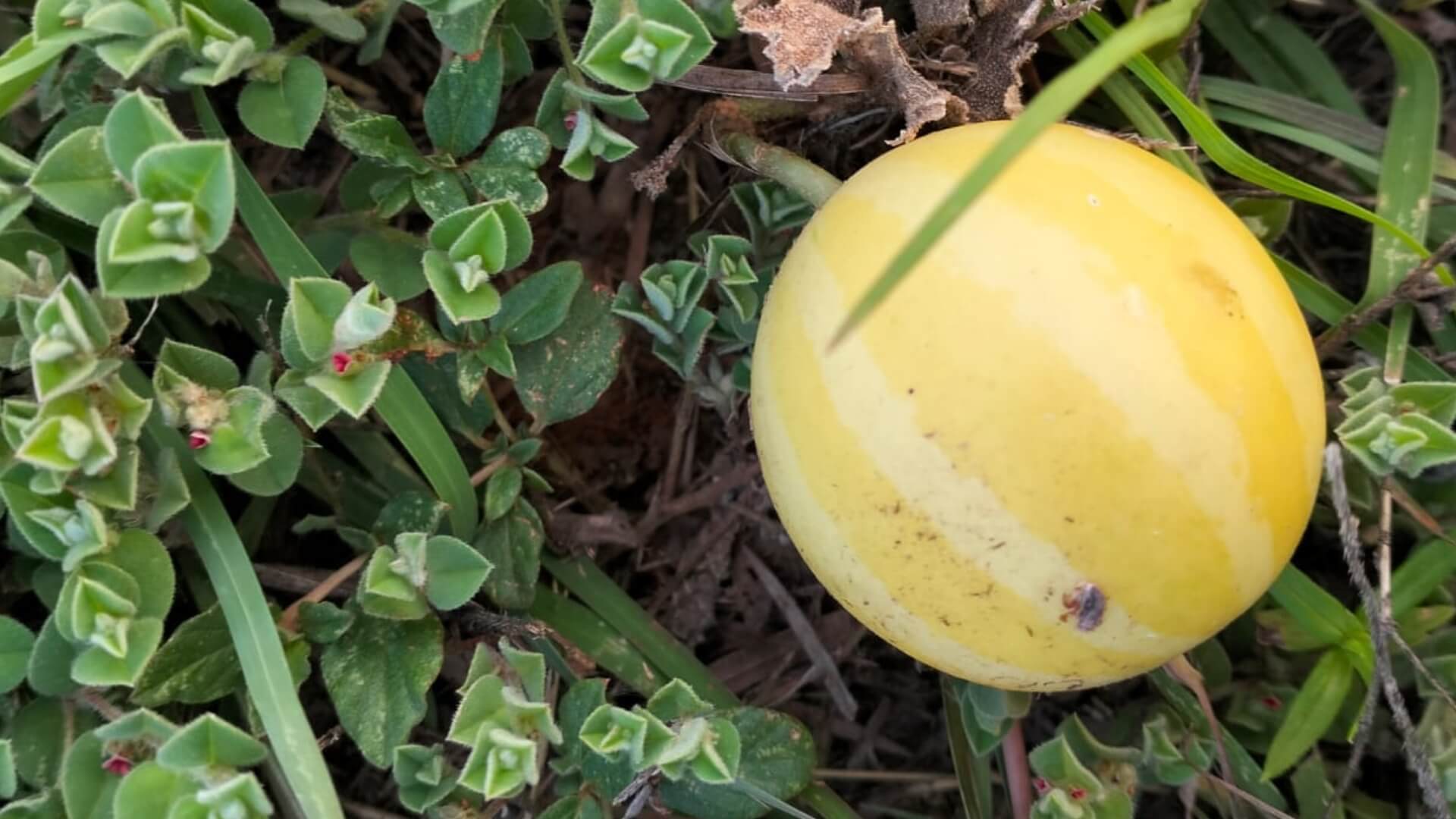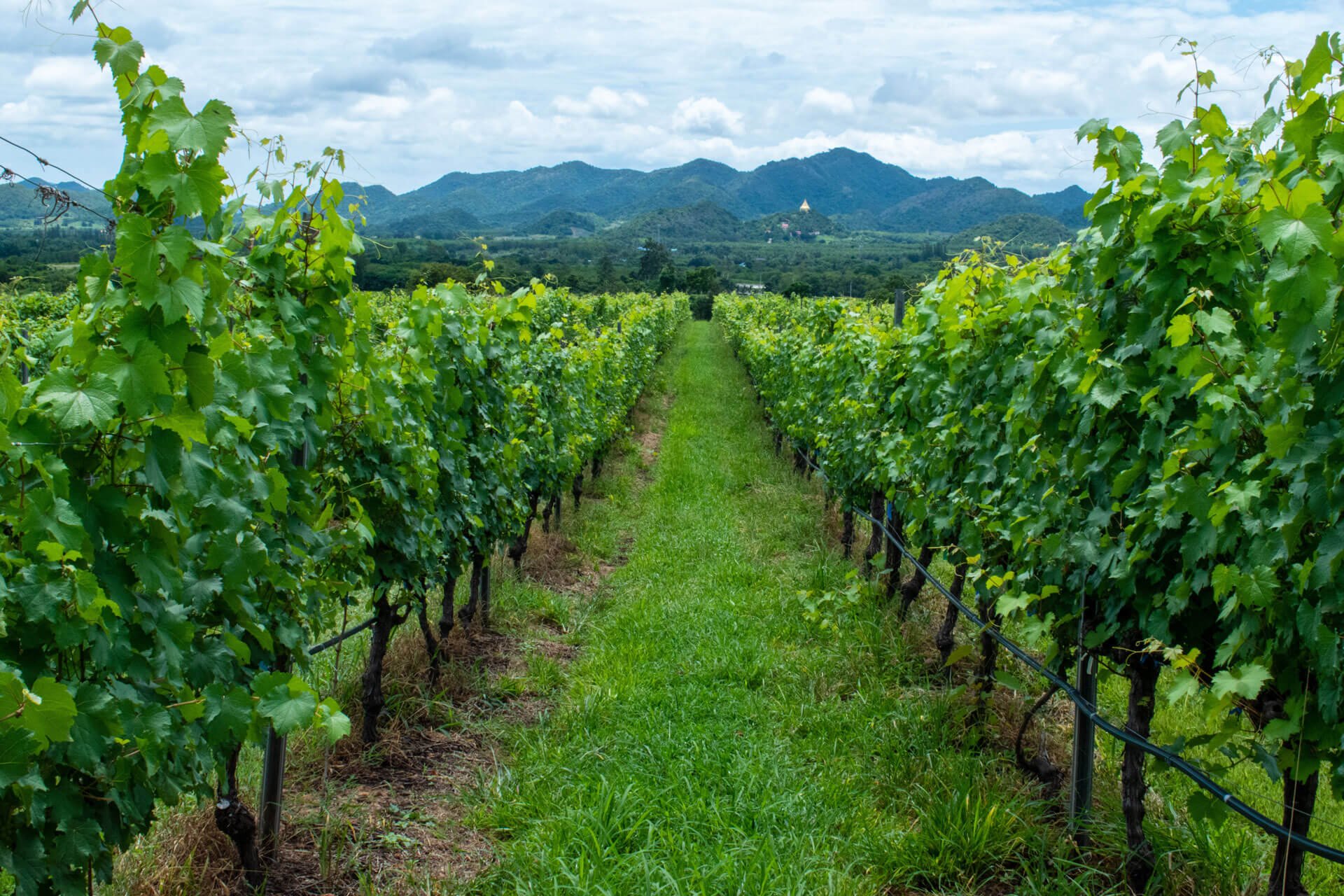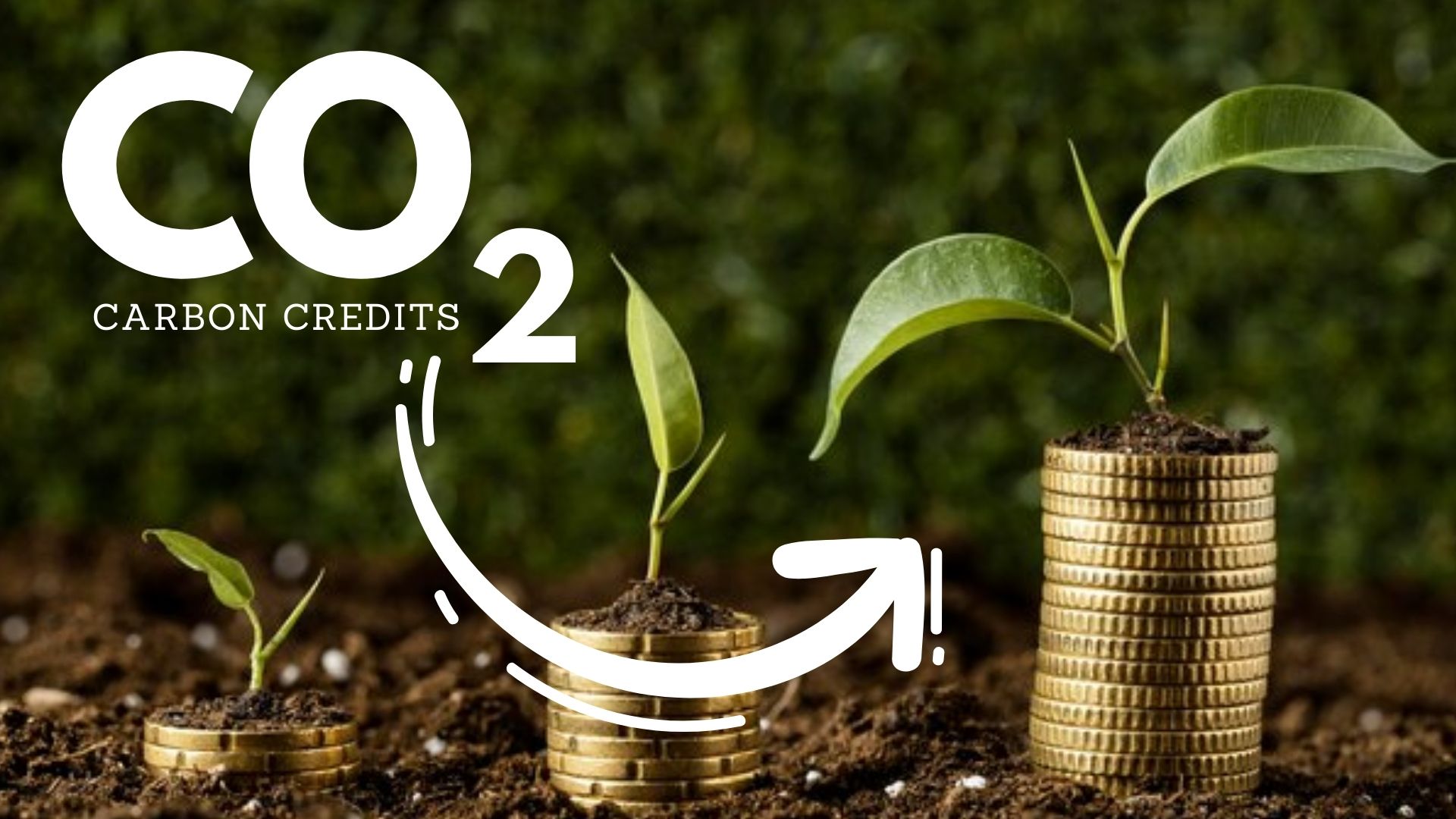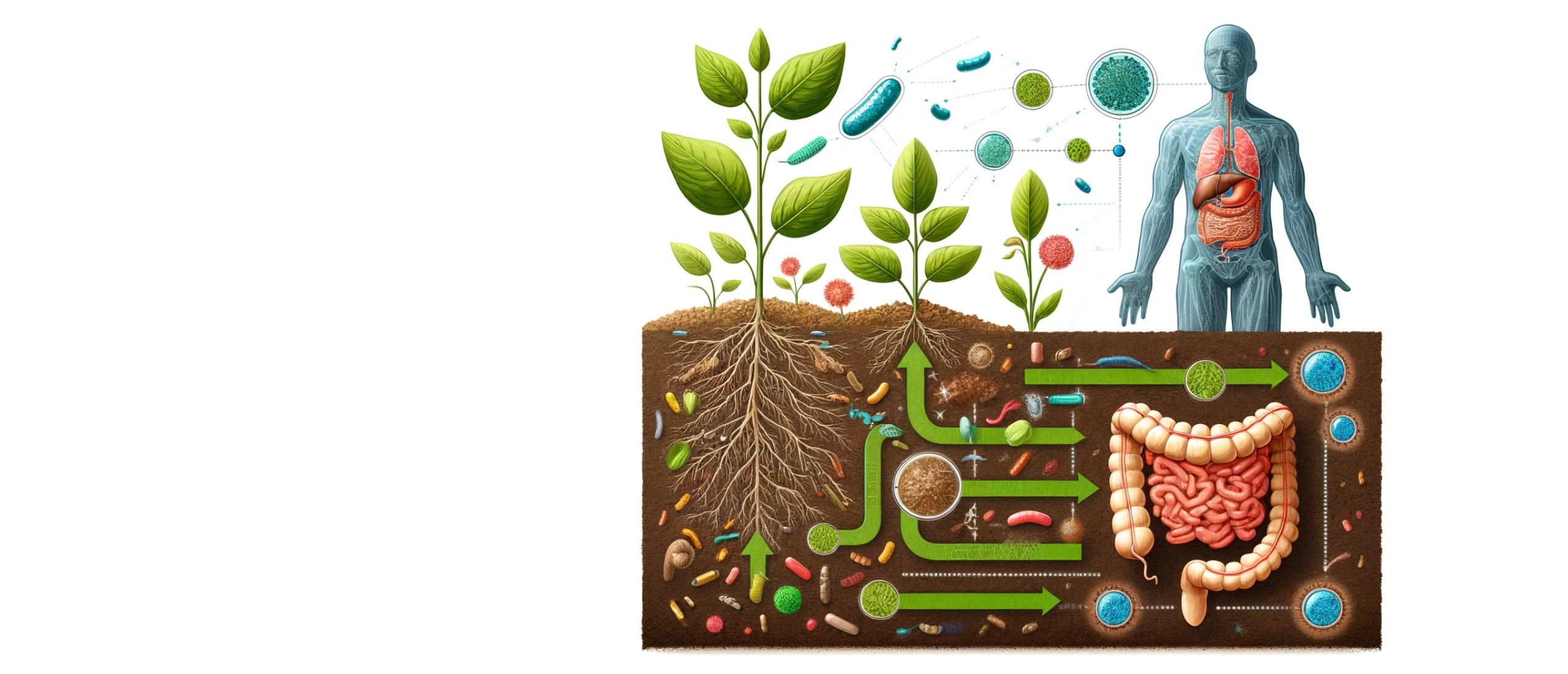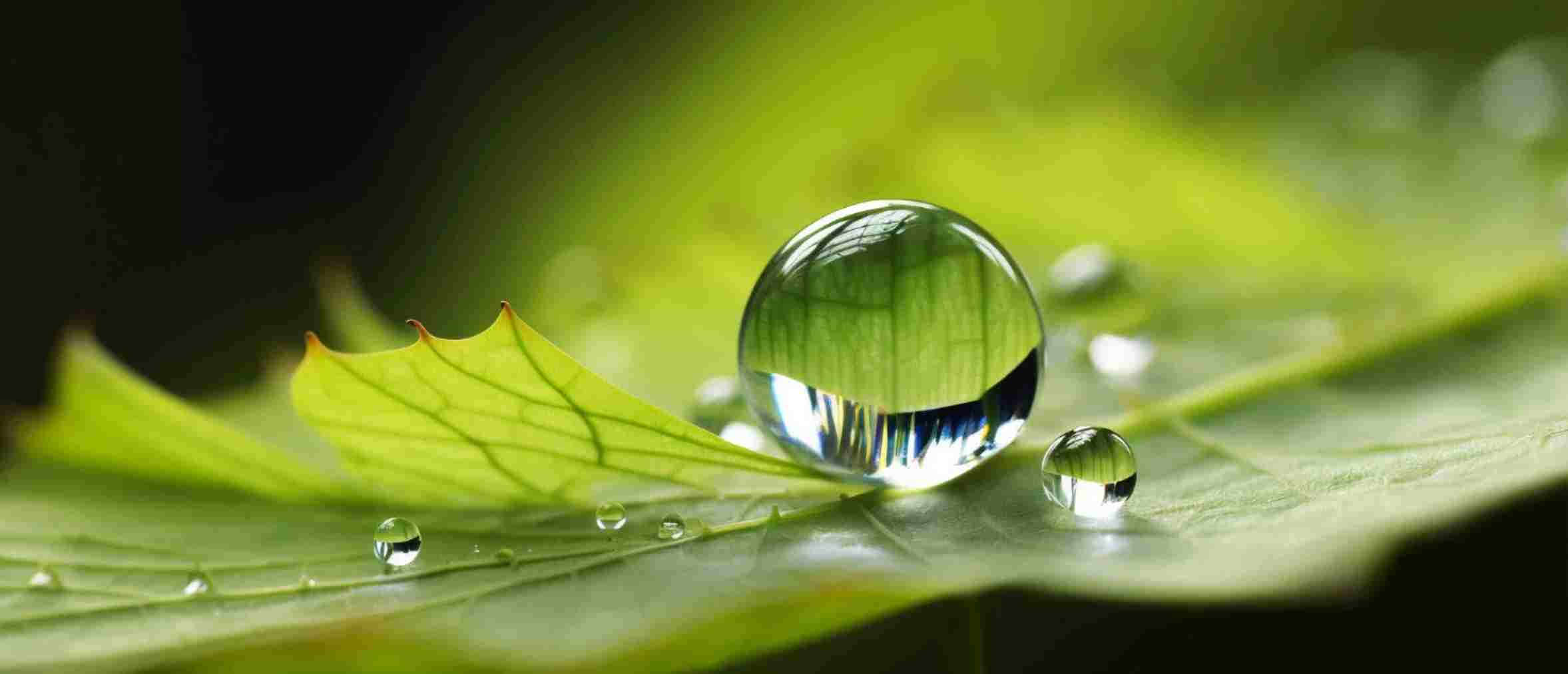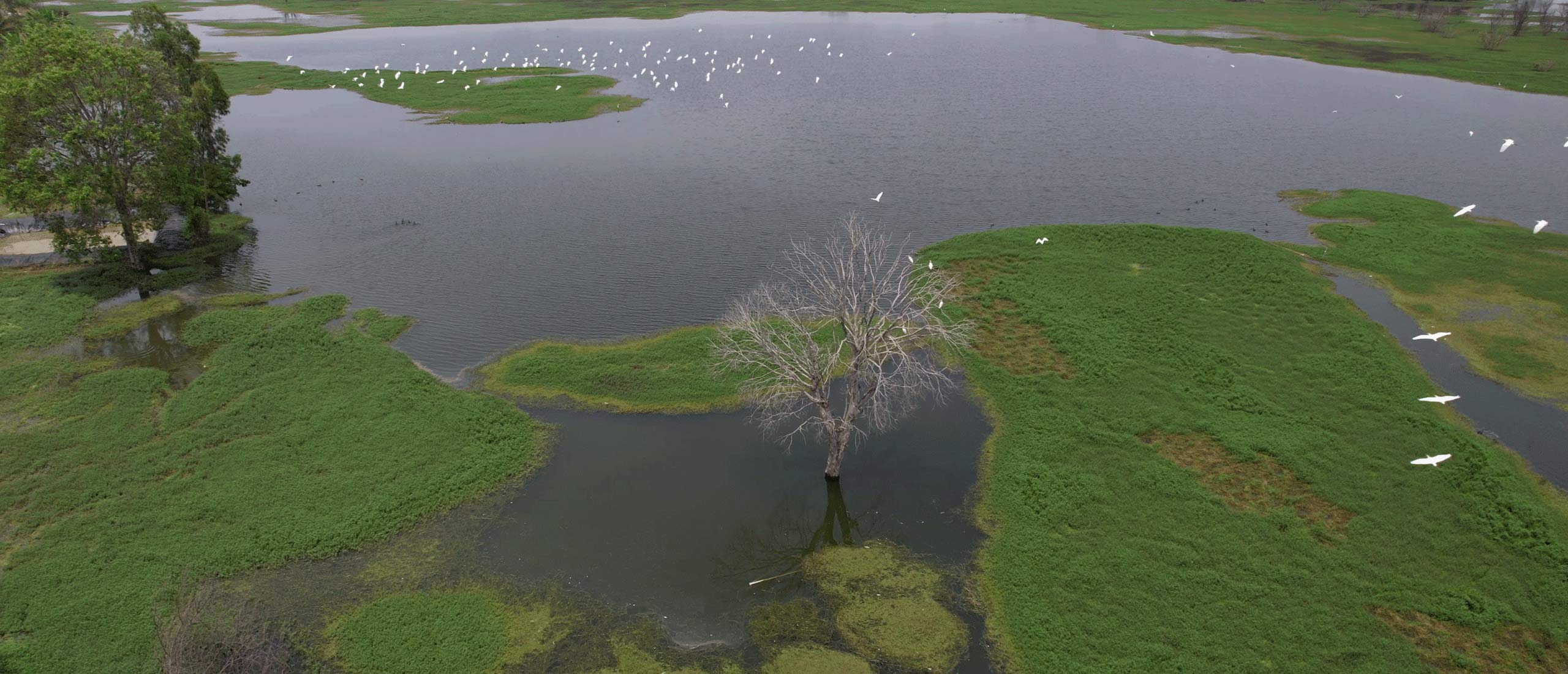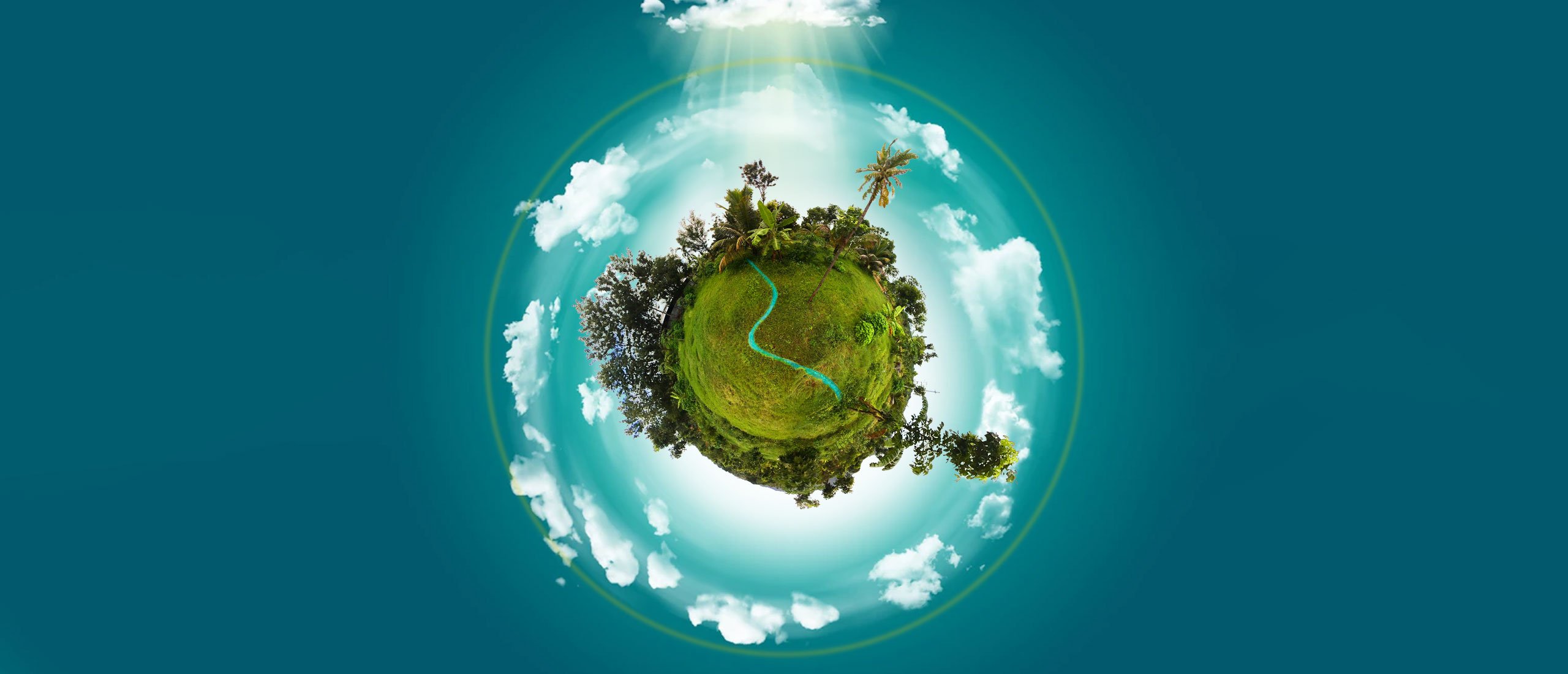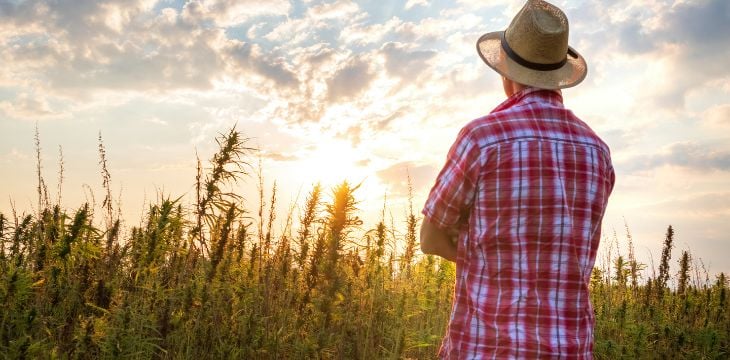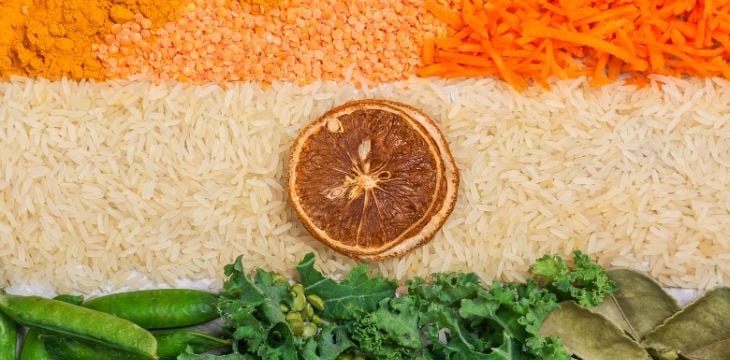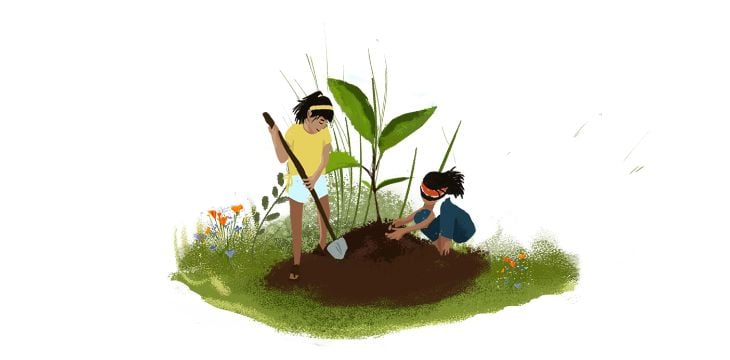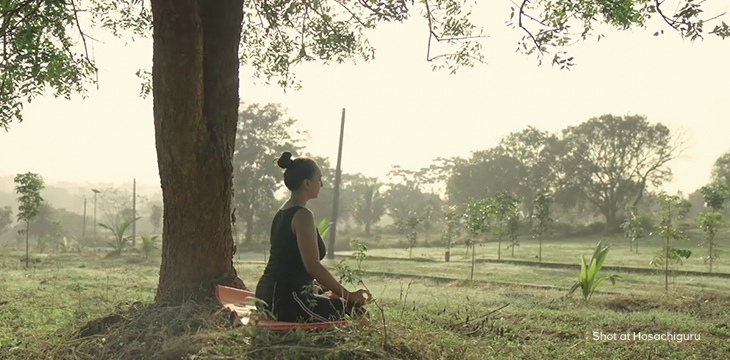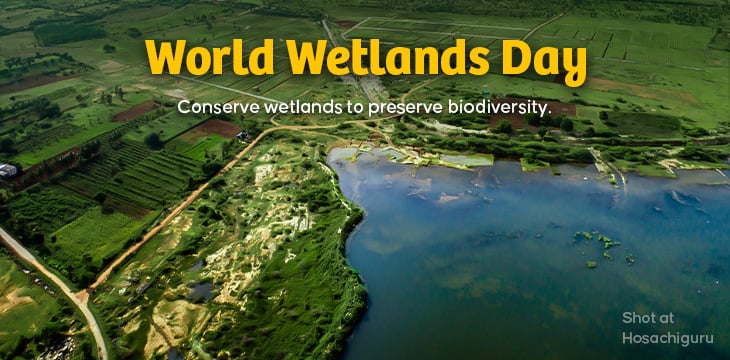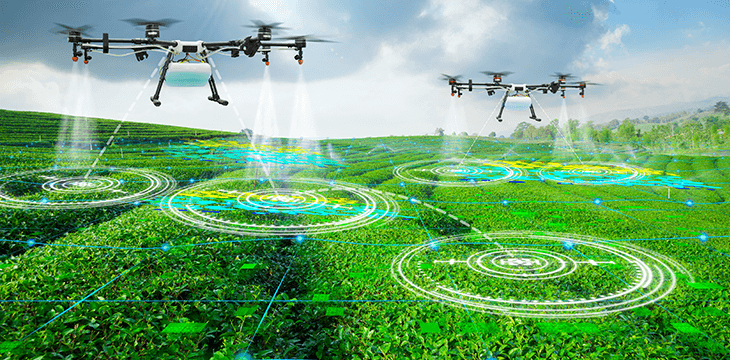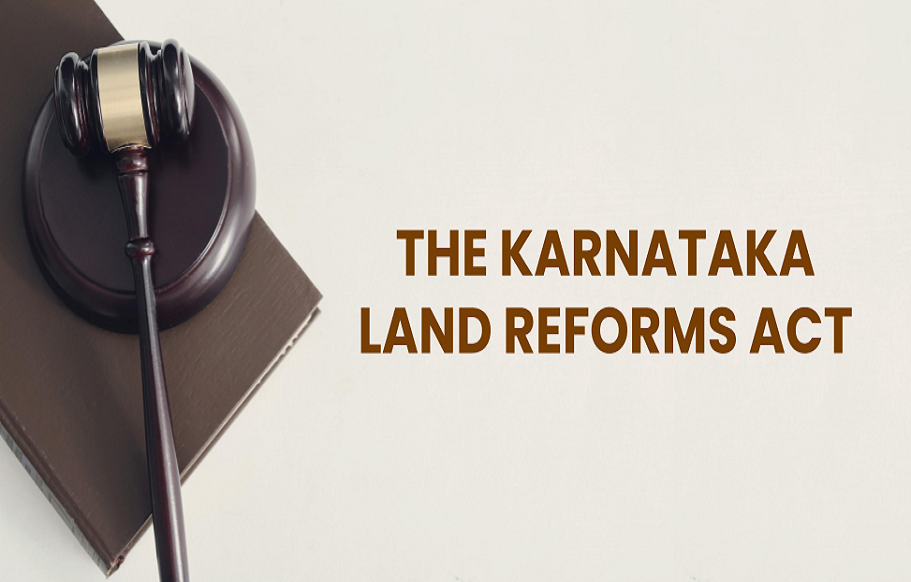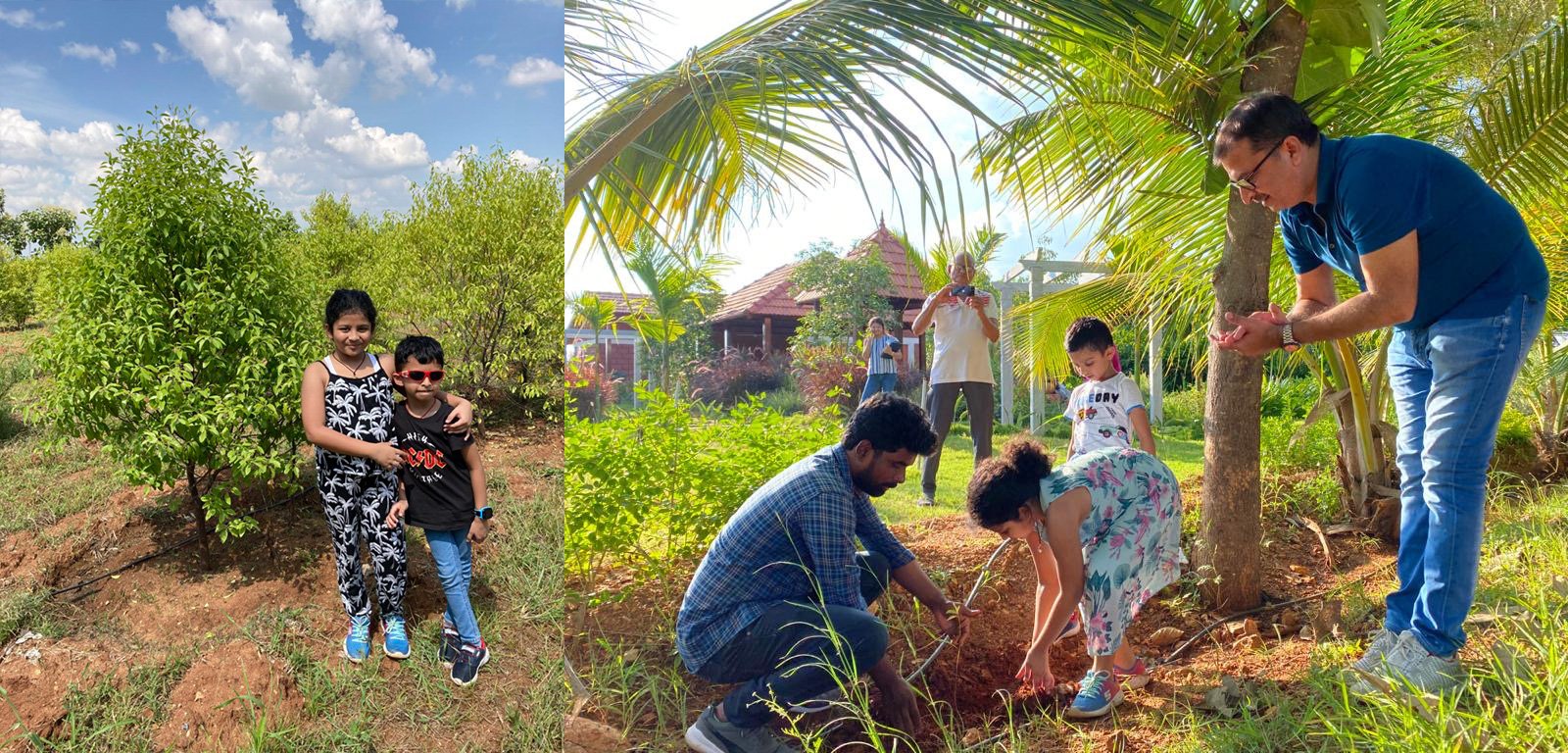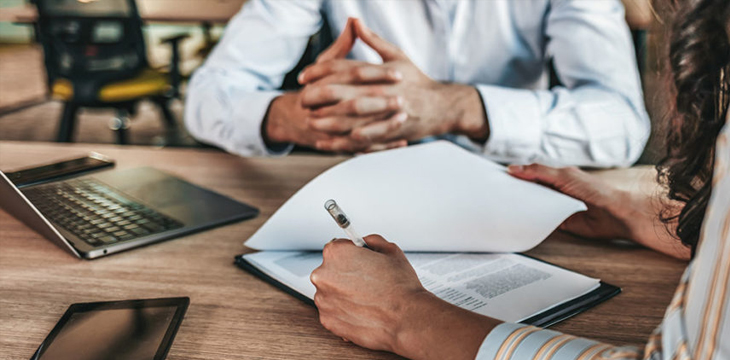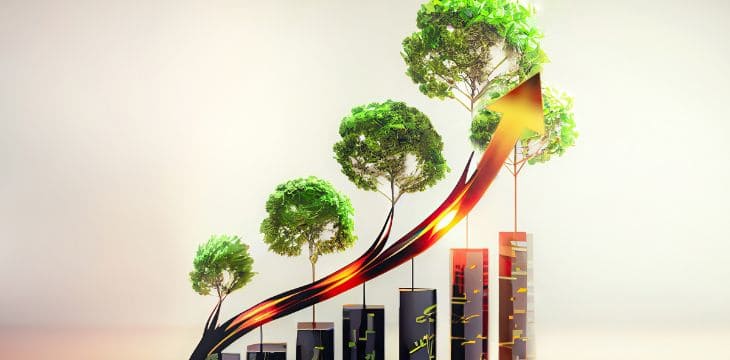April 14, 2021
Author: Dr. Ashutosh Srivastava
Soil, also known as “Skin of mother earth”, is a product of millions of years of weathering of parent rocks and transportation of minerals from far off places through wind, water, and other agents. Soil is the largest source of the medium supporting terrestrial land life forms, and comprises of the following five major components viz; minerals, water, air, organic matter and microbial life forms (Miroslav Kutílek and Donald R. Nielsen, 2015). Major functions of the soil in facilitating the survival of human race on earth can be listed as following (Hatfield et al. 2017)

Agriculture has been an activity associated with mankind for over 5500 years, and for all these years, soils have been supporting the survival of mankind without any hindrance. It is in the last two centuries that the activities of humans have resulted in severe damage to the soil, so much so that the uncultivable wastelands have increased at an alarming rate (Lal, 2003).
Causes of Soil degradation
Intensive agricultural practices that rely heavily on water, chemical fertilisers and pesticides, have caused waterlogging and salinity in many parts of the country. The expansion of the irrigation system without adequate steps for treatment of the catchment areas has exacerbated this. Soil degradation is happening at an alarming pace and is affecting regions inhabited by over one-third of the global population. This phenomenon contributes to a dramatic decline in the productivity of croplands and rangelands worldwide, thereby threatening food security and environmental quality. Soil degradation should be, therefore, considered as a major global environmental issue of this century (Labriere et al. 2015).
At this pace of soil degradation, what we would hand over to the generations to come would be terrifying in terms of its ability to support food security of the increasing populations. 33% of the Earth’s soils are already degraded and over 90% could become degraded by 2050 (FAO and ITPS, 2015; IPBES, 2018).
Reversal of Soil degradation
Soil degradation trends can be reversed by conversion to restorative land use, and adoption of recommended management practices. The strategy is to minimize soil erosion, create positive soil organic carbon and nitrogen budgets, enhance activity and species diversity of soil biota (micro, meso, and macro), and improve structural stability and pore geometry. Improving soil quality (i.e., increasing Soil Organic Carbon (SOC) pool, improving soil structure, enhancing soil fertility) can reduce risks of soil degradation (physical, chemical, biological and ecological) while improving the environment. Increasing the SOC pool to above the critical level (10 to 15 g/kg) is essential to set the restorative trends in motion. Site-specific techniques of restoring soil quality include conservation agriculture, integrated nutrient management, and continuous vegetative cover such as residue mulch and cover cropping, and controlled grazing at appropriate stocking rates. The strategy is to produce “more from less” by reducing losses and increasing soil, water, and nutrient use efficiency (Rattan Lal, 2015).
Hosachiguru has been working conscientiously on the above principles through organic management practices. The operational area of Hosachiguru lies mainly in Anantapur District of Andhra Pradesh, which has faced immense pressure from human activities, and is characterised by poor, degraded soils. We at Hosachiguru are working to reclaim the soils in the region by going back to traditional methods of organic farming. A gift, we feel we owe to the future generations.
References:
Hatfield Jerry L. Thomas J.Sauer, Richard M.Cruse (2017) Soil: The Forgotten Piece of the Water, Food, Energy Nexus Advances in Agronomy Volume 143, Pages 1-46
Miroslav Kutílek and Donald R. Nielsen Soil: The Skin of the Planet Earth 2015 (ISBN-13: 978-9401797887) 247p Publisher : Springer
Labrière Nicolas, Bruno Locatelli, Yves Laumonier, Vincent Freycon, Martial Bernoux, (2015) Soil erosion in the humid tropics: A systematic quantitative review Agriculture, Ecosystems & Environment Volume 203, 1 May 2015, Pages 127-139.
- Lal (2003) Soil erosion and the global carbon budget. Environ. Int., 29 pp. 437-450
Rattan Lal (2015). Restoring Soil Quality to Mitigate Soil Degradation. Sustainability 2015, 7, 5875-5895; doi:10.3390/su7055875. The Ohio State University, Columbus, OH 43210, USA.










